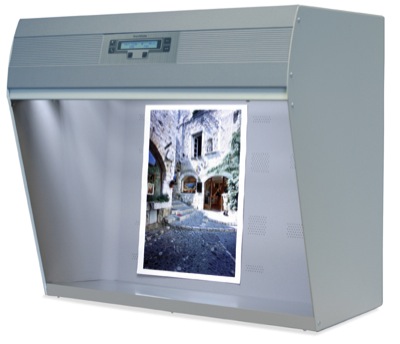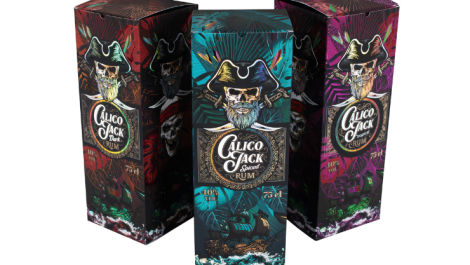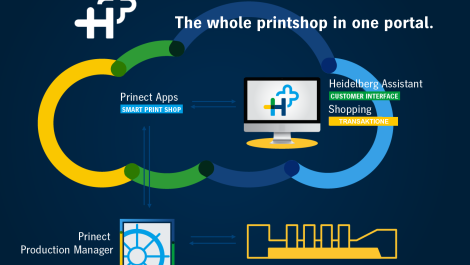The Fenestra is one of VeriVide’s many colour viewing cabinets
Leicestershire’s VeriVide continues to break new colour assessment ground for print and a wealth of other industries.
At every step in a colour workflow, effective visual communication is the key to success. There can be many stages involved in colour assessment, but whether the individuals involved meet in person or communicate electronically across continents, they all need to speak the same language when it comes to colour.
VeriVide exists to ensure that this happens, by enabling everyone in the chain to view materials and products under exactly the same conditions, and to easily exchange standardised colour data. The company has been leading the way in colour assessment technology for more than 40 years now. It enjoys close working relationships with customers in many industries. In the print and photographic sector, it is a Pantone distributor and offers a number of D50 light source specified colour control and proofing viewing cabinets and colour management work stations.
‘Our technology provides controlled even illumination according to ISO standards, using viewing angles that remove the gloss or sheen from an image so that colour can be assessed accurately,’ said Paul Dakin of VeriVide. ‘Customers like the build quality, and while more than half of our business is conducted overseas, UK customers really appreciate the accessibility of our engineers, helping to maintain each unit through its life.’
The company’s roots go back to one of Britain’s most noted colour pioneers: Leslie Hubble, chairman of the British Colour Council, and renowned as a problem solver at Thorn Lighting in the 1960s. It was Mr Hubble who came up with a solution to a worldwide problem. In the 1950s, the lack of a standard measure of daylight became a significant problem for manufacturers, making colour assessment an inefficient, hit-andmiss procedure.
What was needed was a light source that could simulate daylight to an agreed international standard. At the International Commission on Illumination (CIE) conference in Vienna in 1963, daylight readings from across the world were gathered.
From this mass of data, a mean colour temperature of 6500 Kelvin was accepted as the International Standard of Daylight for textiles, then and now known as D65 (5000 Kelvin or D50 for printing nowadays). However, a lamp technology that could produce D65 accurately, consistently and continuously proved elusive.
This was Leslie Hubble’s moment. He developed a fluorescent lamp coated with a particular blend of seven rare earth phosphors. This became the world’s first reliable D65 light source.
Aged 65, he retired from Thorn Lighting to set up his own company, and in his home workshop he built his first D65 colour assessment cabinet, which he called VeriVide – a name derived from Latin that broadly translates as ‘see in truth’. Mr Hubble offered the VeriVide cabinet to Marks and Spencer, who were so impressed that the company immediately ordered more. So began a great British success story.
The VeriVide brand itself became such a ‘standard’ that in 2001 the company name was changed from Leslie Hubble Ltd to VeriVide Ltd. Everything else – world-beating expertise, quality workmanship, personal service and deep commitment to continuous research and improvement – has remained the same.





